- The electric vehicle (EV) market is growing at a rapid rate, but many people don’t understand how they work or the benefits of driving one.
- There are four main types of EVs, depending on whether the vehicle is fully or partially electric.
- While many people have “range anxiety” about driving an EV, battery tech is advancing quickly and experts think the fear isn’t necessary.
 Shutterstock
Shutterstock“My goal is the acceleration of the advent of electric cars.”
This statement was made by futurist and entrepreneur Elon Musk back in 2015. Since then, the tech giant, Tesla, has become a champion in the electric vehicle industry. But they’re not the only company making waves.
A new era of automobiles has dawned with the entry of electric vehicles into the automobile sector. As the world runs out of non-renewable sources like fossil fuels, it’s essential to shift to more environmentally friendly transportation.
Electric vehicles are the most sustainable and eco-friendly substitute for vehicles that run on petrol or diesel. This massive industrial conversion marks a “shift from a fuel-intensive to a material-intensive energy system,” according to the International Energy Agency (IEA).
Most people ask, “Why should we shift from fuel-intensive vehicles to EVs?”
Well, there are innumerable benefits, some of which are:
- EV’s are environmentally friendly.
- EVs can help improve fuel economy.
- They’re ultimately cost-effective.
We have put together a guide to help you navigate the complex information and terms associated with EVs. This guide will enlighten you about the specifications and help you choose the best one for yourself if you’re in the market for one.
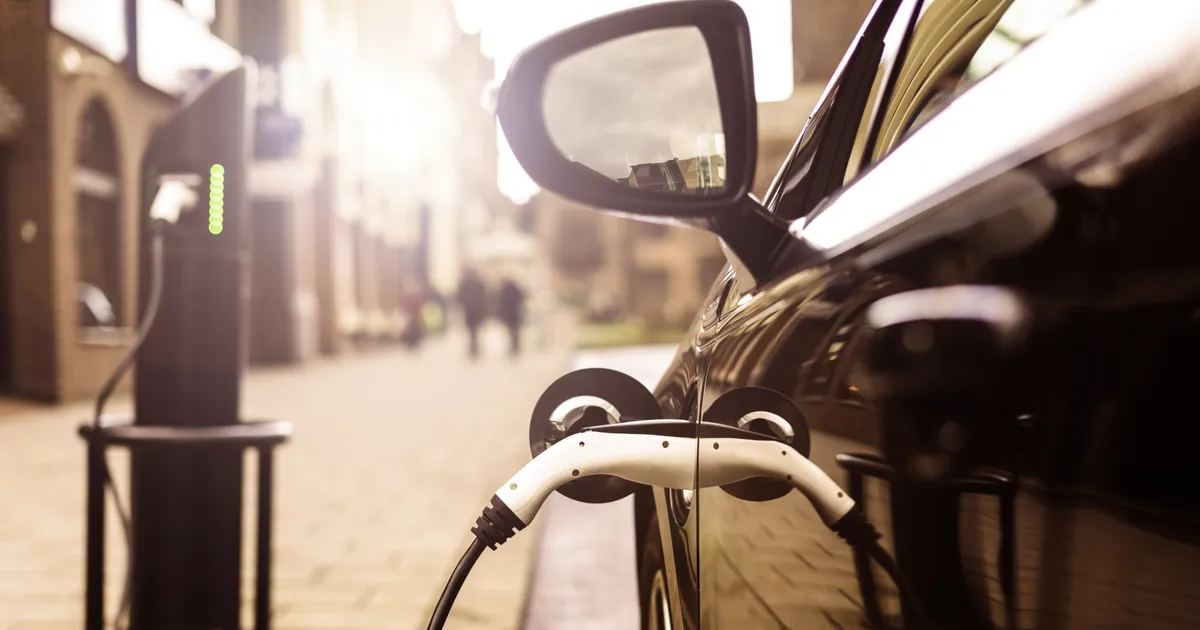 Shutterstock
ShutterstockTypes of Electric Vehicles
Vehicles are partially or fully electric, and based on that, there are four types of EVs:
- Battery EV: These EVs don’t have an Internal Combustion Engine (ICE) that conventional vehicles use. BEVs consist of a battery that is charged by plugging in at the electricity grid. The battery, in turn, provides energy to the electric motor to run the EV.
- Hybrid EV: HEVs have an Internal Combustion Engine (ICE) as well as an electric motor. The battery can only be charged by the combustion of fuel in the ICE, the motion of the wheels, or both. There is no provision for charging the battery through a port.
- Plug-in Hybrid EV: PHEVs also have both an ICE and an electric motor. However, in PHEVs, the battery can be charged by fuel combustion in ICE and plugging into an electric outlet.
- Fuel Cell EV: These are called zero-emission vehicles and are one of the most promising forms of transportation. These EVs work on fuel cell technology where hydrogen is used as a fuel. The chemical energy liberated is converted to electrical energy, which in turn runs the electric motor.
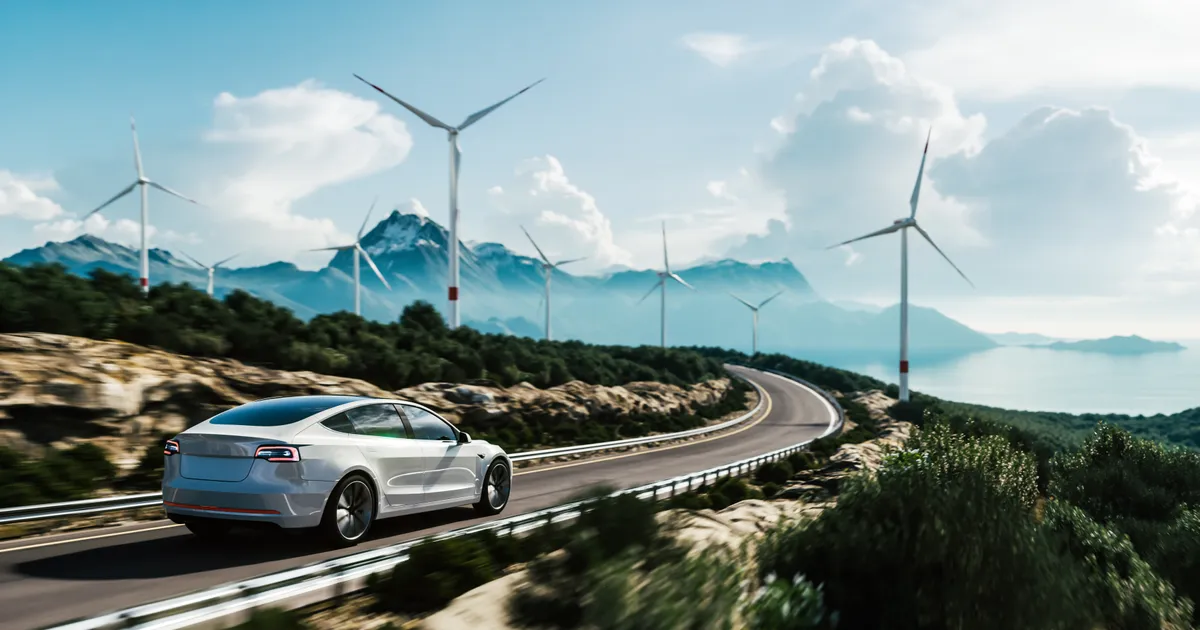 Shutterstock
ShutterstockTypes of Batteries
There are four types of batteries used in EVs:
Lithium-Ion Batteries
This is the most common type of battery used in EVs. Lithium-Ion batteries have a low “self-discharge” level, which makes them better at holding a full charge. The discharge efficiency is 95-99%, and the self-discharge is 1-5% per month.
Nickel Metal Hydride Batteries
These batteries are primarily used in hybrid electric vehicles, but they are more expensive than lithium-ion batteries. The discharge efficiency is 65-80%, and the self-discharge is around 30% per month.
Lead-acid Batteries
Compared to lithium-ion and nickel metal hydride batteries, lead-acid batteries are heavier and cheaper. Their discharge efficiency is 70-92%, and the self-discharge is 3-20% per month.
Ultra-capacitors
These are used as secondary batteries in vehicles to handle more load. They provide extra power during acceleration and power-braking.
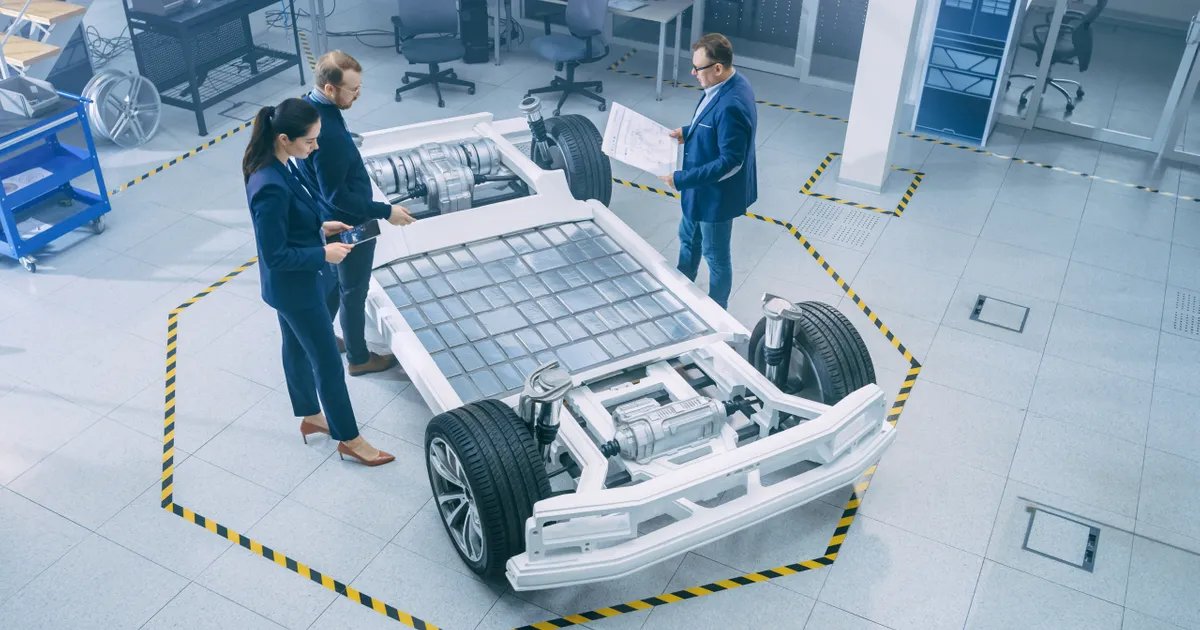 Shutterstock
ShutterstockDriving Range
Most of the customers have “range anxiety” when they consider buying an EV. They fear being stranded on the road with an empty battery pack and no charging station in sight.
According to the Washington Post, people’s anxiety over this is largely overblown. The average range of an EV is 181 miles, which easily covers most people’s daily distance.
As battery technology continues to advance, the distances an EV can cover on one charge grows, so there’s no need to be worried about this.
 Shutterstock
ShutterstockFully vs. Hybrid Electric Vehicles
A hybrid EV can run both on fuel and electrical energy. Depending on your lifestyle and usage of your vehicle, you can opt for either of them. If a fully electric vehicle is not practical for you, either opt for an HEV (it still produces fewer emissions than traditional cars) or wait until battery tech improves, which is happening at a rapid rate.
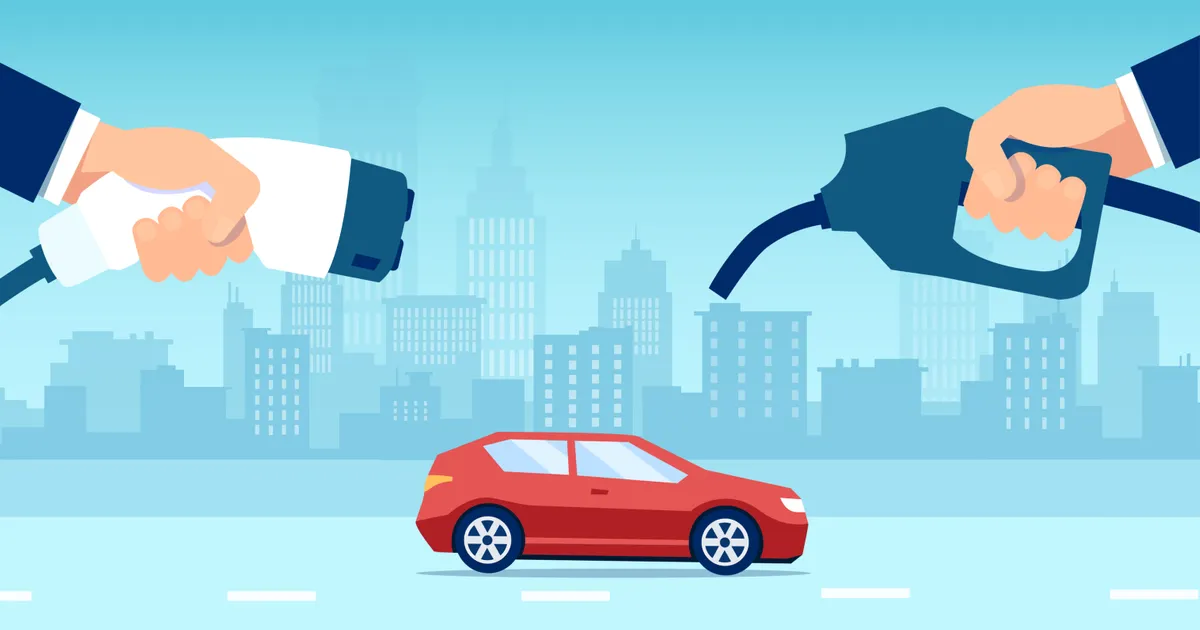 Shutterstock
ShutterstockBattery Life and Maintenance
Battery life is one of the most crucial factors while buying an EV. Invest in an EV with a long battery life as replacing a battery can increase the maintenance cost significantly, and in some cases, prohibitively.
However, most EVs on the market have reasonable battery lives. “The average EV battery pack’s lifespan to be at around 200,000 miles, which is nearly 17 years of use if driven 12,000 miles per year,” according to Consumer Reports.
The maintenance cost of EVs is low, as the number of moving parts – and therefore the number of parts that wear out – in these cars are few. On average, EV drivers pay half as much to repair and maintain their vehicles compared to their gasoline counterparts.
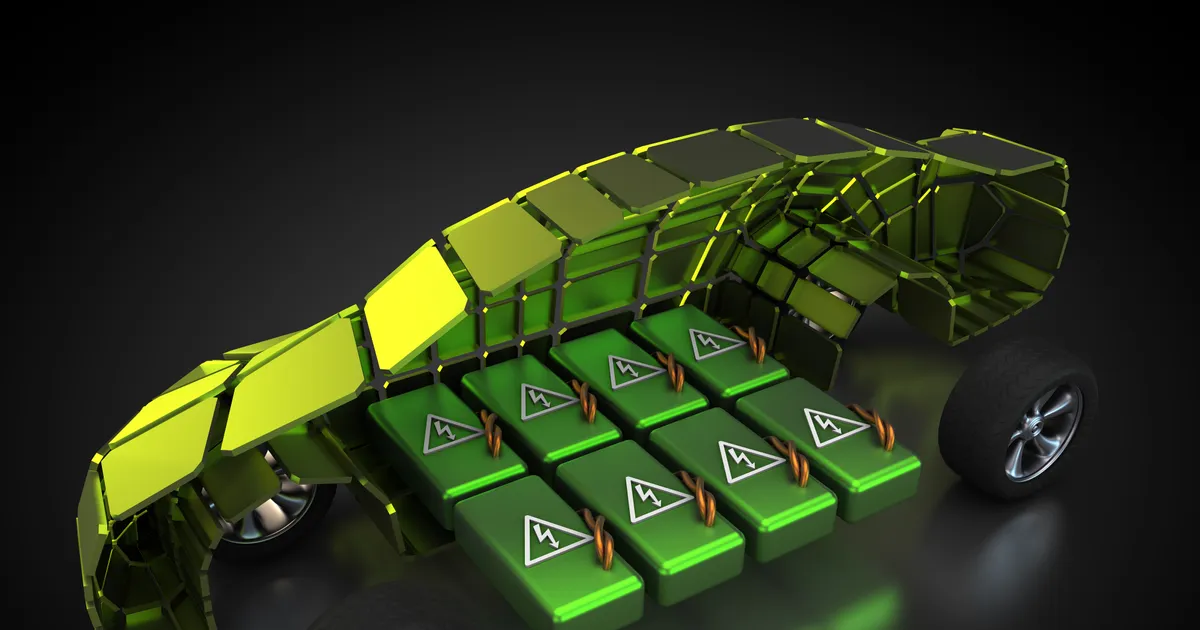 Shutterstock
ShutterstockPower, Torque, and Acceleration
Power, torque and acceleration are three factors that determine the performance of an EV.
Power is the mechanical output provided by the electrical energy produced by the battery. Power is represented in horsepower, and it affects the acceleration of the vehicle. The higher the value of power, the better the acceleration.
Torque is the rotating force produced by the motor. This helps the vehicle accelerate initially, and is why heavier automobiles use engines that deliver higher torque. Higher torque value means better load-bearing ability.
Acceleration is the rate of change of velocity, and it depends on the value of torque. The acceleration of EVs is at par with fuel-powered vehicles because the torque produced by electric motors is comparatively higher. In a fuel-powered car, a lot of power is absorbed by the moving parts. On the contrary, EVs are more efficient as they have lesser moving parts. The value of acceleration also depends on the number of electric motors installed in an EV.
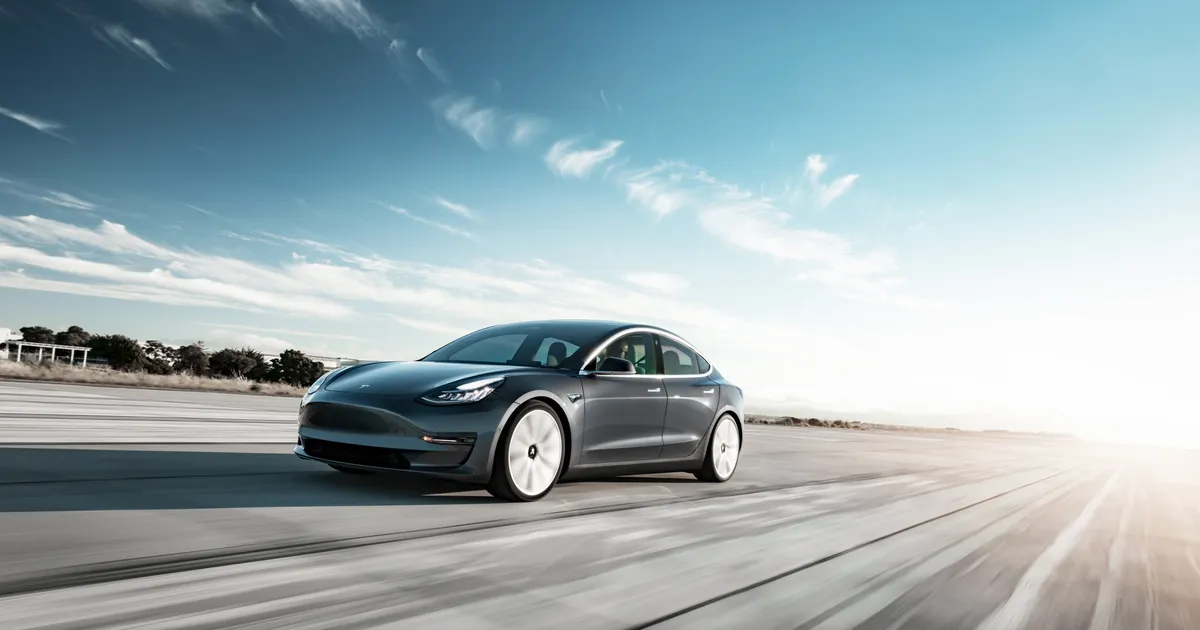 Shutterstock
ShutterstockCharging an EV
There are different ways to charge a EV and the required time depends on the power source and charger capacity. Your car battery can be fully charged in as little as half an hour or it could take as long as half a day.
Electric automobile technology is booming, and it has developed fast charging technology for EVs. The different ways to charge an EV are:
Residential Charging Stations
Commercial Charging Stations
There have been new advancements in the charging technology of EVs recently. Engineers at Penn State University have developed a battery that has a range of 320-480 km with just 10 minutes of charge.
The Director of Electrochemical Engine Center at Penn State, Chao-Yang Wang believes that “the 10-minute trend is the future and is essential for the adoption of electric vehicles because it solves the range anxiety problem”.
 Shutterstock
ShutterstockBenefits and Challenges of an EV
As a consumer, EVs have more benefits than challenges. These include:
- Low maintenance costs
- Environmentally friendly
- No gas required (for full EVs)
- Safe
- Reduced noise pollution
- Long battery life
- Public charging stations aren’t available everywhere yet
- Long recharge time if a fast charger is not available
- Can be expensive to purchase initially
- Not many used EVs available currently
Users all across the world are taking an interest in EVs as the technology is advancing rapidly. It’s safe to say that electric vehicles are the future of sustainable transportation.
However, the public’s willingness to shift from fuel-intensive vehicles to EVs is a crucial factor. Let’s make informed choices while buying a new vehicle and move towards a sustainable future together.



